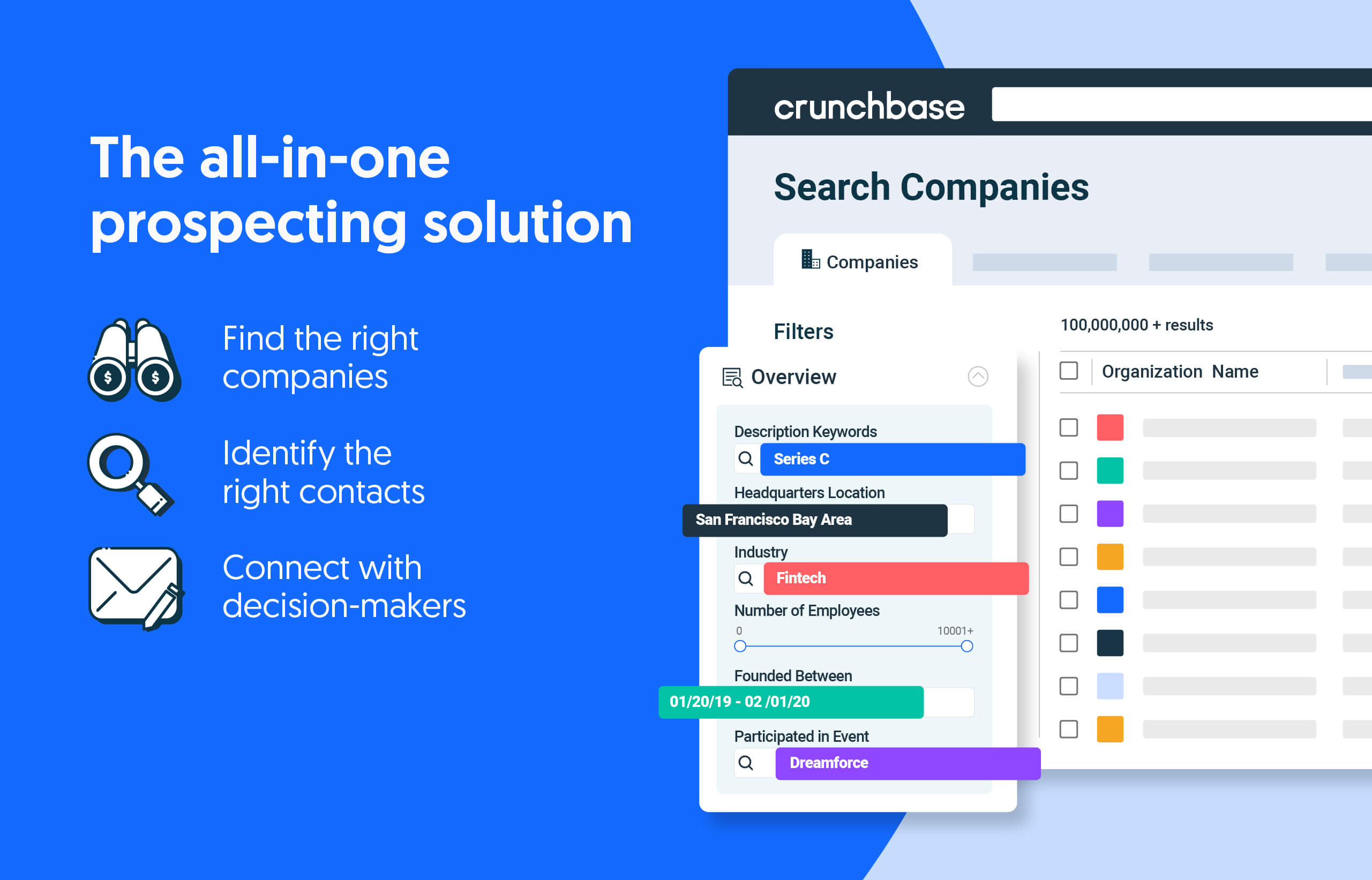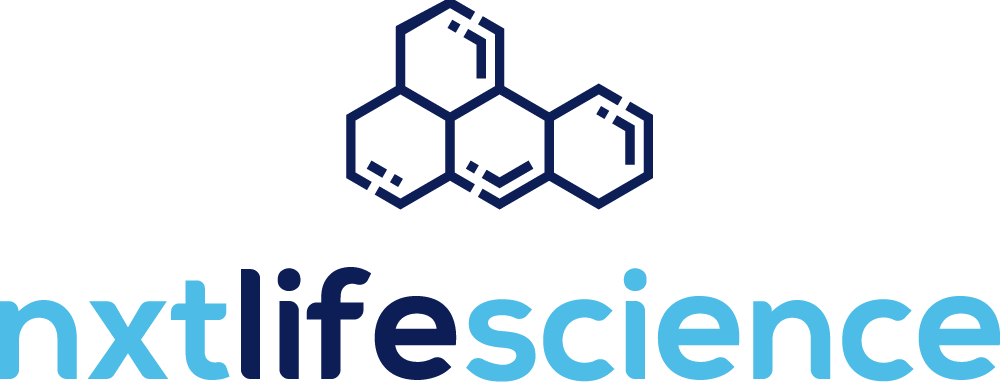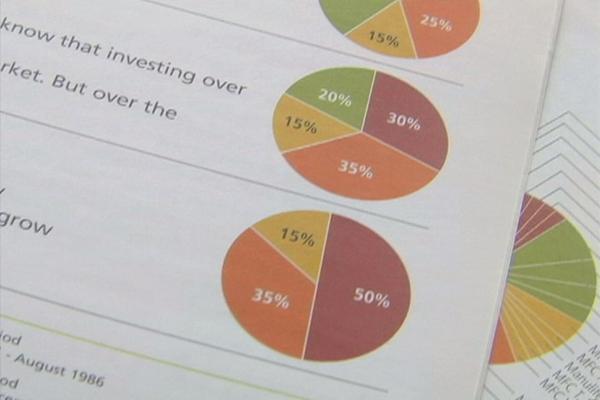Markets
Everyone Wants To Be An Accelerator
As accelerator programs regain their groove following a couple years of pandemic disruptions, it looks like the options are getting even broader. Here’s…

If you’re a new founder researching accelerators, the choices can look overwhelming.
Should it be regional or international? Is it better to spend a few weeks in a high-intensity program or commit to a couple years of close mentorship. Remote, hybrid or in-person? Industry-specific? A big program or a small cohort?
Now, as accelerator programs regain their groove following a couple years of pandemic disruptions, it looks like the options are, if anything, getting even broader.
Search less. Close more.
Grow your revenue with all-in-one prospecting solutions powered by the leader in private-company data.
In the past few months alone, we’ve seen brand-new and retooled accelerator programs roll out at a steady clip. Several are sector-focused, seeking to leverage advancement in hot fields like generative AI. Others are looking to build up entrepreneurship in metro areas not known as major tech hubs.
Venture investors, always keen to get in on the new, new thing early, are also joining the fray. One motivation is a belief that the largest, big-name accelerator programs, and Y Combinator in particular, aren’t the best fit for founders seeking a more hands-on, long-term approach
“A lot of these programs have really become just machines,” said David Beisel, partner at NextView Ventures. The accelerator accepts dozens or hundreds of companies, provides “formulaic programming” and culminates its program with a big demo day show.
While the prevailing accelerator model can be useful for founders, per Beisel, one key problem is that the journey from newfound startup to fundable early-stage company takes a couple of years, usually with pivots along the way. Drawing raves on demo day doesn’t translate into long-term success, he added
Accelerating VCs
VCs think they may have better takes on the accelerator model. NextView is one, with an eponymous spring program that includes $400,000 in funding for software-focused founders and extended support through the next funding round. The firm settled on a hybrid model, mixing a few days of in-person activities with virtual programming.
The most prominent names in venture capital are also getting in the accelerator game.
In March, Sequoia announced the launch of Arc, an eight-week program for European seed-stage founders to build enduring businesses that includes $1 million in initial funding. The famed VC’s pitch is that its long track record of backing transformative startups provides useful knowledge around fundamentals that “make the difference between companies that stand the test of time and those that don’t.”
Andreessen Horowitz, meanwhile, joined the fold in October with the announcement that it is relaunching its Crypto Startup School and expanding it to an accelerator program. Participants get $500,000 in seed funding and take part in a 12-week program in Los Angeles,
Sector-focused accelerators
A number of newer accelerators are sector-focused, drawing on the notion that founders can get the best resources from others in their field.
To this tune, the University of Chicago’s Polsky Center for Entrepreneurship this month announced Transform, a new accelerator for startups focused on data science and artificial intelligence. A couple years earlier, Polsky launched Duality, dedicated to quantum science and technology companies.
AI has been a particularly hot area for accelerators, as evidenced by the sizable number of them operating in the field. But other areas are scaling up as well. For instance one newer program — the FemTech Lab’s FemTech Hub — is looking to invest in female entrepreneurs building offerings with potential to improve women’s health and wellness.
Regional boosters
Regional accelerators are also playing a growing role in the competition to find and fund the most promising seed startups. In past profiles of state and metro area startup scenes, we’ve noted how some local operations — such as Buffalo, New York’s 43North and Ohio’s JumpStart — have played a role in building high-valuation companies.
Other metros are adding their own new offerings to the mix. Earlier this month, for instance, Green Bay, Wisconsin’s business community launched a 10–week accelerator program targeting founders in northeast Wisconsin.
Tampa Bay, meanwhile, just launched what it calls the region’s first tech accelerator for Latin American founders. The LatinTech Accelerator is planning a 90-day program for startups led by founders of Latin American descent, who have historically been underrepresented among venture-backed companies.
The right balance
For founders who choose the accelerator route, figuring out which program to pick seems to resemble the dilemma of the college-bound senior with multiple scholarship options. Probably, every one will open up previously unknown opportunities. In hindsight, it’ll likely be difficult to determine if you made the best choice.
At the end of the day, however, virtually all of the offerings seem to share an interest in furnishing startups with help in navigating some of the more predictable elements that contribute to success. This includes such fundamentals as establishing a network, pitching investors and making do with the resources at hand.
Still, the other puzzle pieces that turn ideas into startup success stories invariably have to come not from accelerators but from founders themselves.
Illustration: Dom Guzman

Wittiest stocks:: Avalo Therapeutics Inc (NASDAQ:AVTX 0.00%), Nokia Corp ADR (NYSE:NOK 0.90%)
There are two main reasons why moving averages are useful in forex trading: moving averages help traders define trend recognize changes in trend. Now well…
Spellbinding stocks: LumiraDx Limited (NASDAQ:LMDX 4.62%), Transocean Ltd (NYSE:RIG -2.67%)
There are two main reasons why moving averages are useful in forex trading: moving averages help traders define trend recognize changes in trend. Now well…
Seducing stocks: Canoo Inc (NASDAQ:GOEV 5.43%), Ginkgo Bioworks Holdings Inc (NYSE:DNA -1.12%)
There are two main reasons why moving averages are useful in forex trading: moving averages help traders define trend recognize changes in trend. Now well…
















